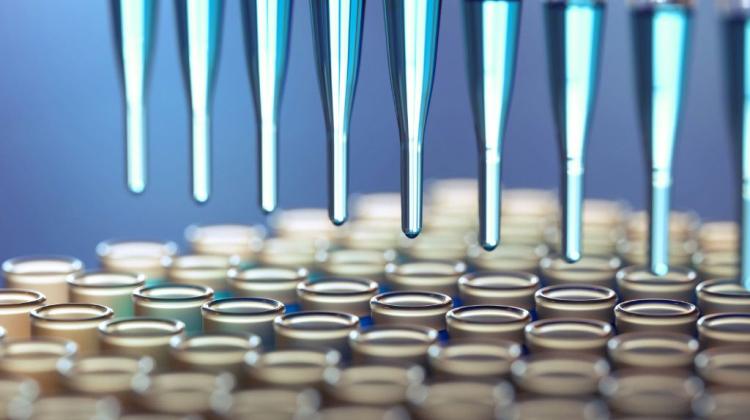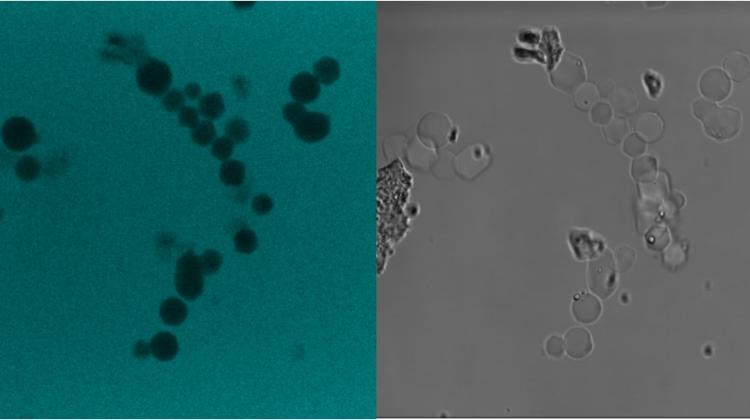Scaffolding of peptide Lego bricks

Scaffoldings built from - resembling Lego bricks - peptides are being prepared by Polish scientists. On such a scaffolding it will be much easier to obtain crystals of various proteins and study their structure. This, in turn, is essential in modern drug design.
Modern drugs are designed based on the information on the protein structure. Long gone are the days when researchers searched for drugs at random, testing hundreds of random compounds. Today, scientists must first find out the exact structure of a key protein, for example of a virus, then attack it with precisely matched chemical molecule, acting as a precision medicine.
"But in order to determine the structure of this protein - atom by atom - we must first obtain a crystal protein and then subject it to X-rays. After we have done that, we can use a computer to design something that could produce a therapeutic effect" - told PAP Dr. Agnieszka Szumna from the Institute of Organic Chemistry of the Polish Academy of Sciences.
This work involves one major problem, which is obtaining the necessary crystals. Proteins - as Dr. Szumna explains - are very complicated structures, with irregular shapes, various surface characteristics, and some of them do not want to form crystals. Crystallization of others can take years.
Dr. Agnieszka Szumna and her team want to help these proteins crystallize. To carry out their work, the scientists received a grant from the National Science Centre. "We plan to develop a system, a scaffolding made of many smaller protein molecules - peptides" - she said. Peptides used in this scaffolding can be compared to Lego bricks, because there are a lot of them, they can be attached to each other, and now, after many years of research, we know how to do it in a predictable manner.
"We want to use these +Lego bricks+ to build a porous frame that will help the large major proteins form regular molecules. This scaffolding will facilitate the arrangement of the proteins in an orderly manner, allowing the crystallization of proteins and determining their structures" - said the researcher. In the longer term, these scaffoldings will help design new drugs.
Researchers will start with a bit "easier" and better known proteins. "If the protein is completely new and we know almost nothing about it, the crystallization process can be successful right away, but usually it takes a few years. You have to have a lot of patience" - emphasised the researcher.
Scaffoldings of this type are being built by scientists from other research centres, but so far they have been built of much simpler, yet very durable molecules. Already known commercial materials are used, for example, for the storage of hydrogen or carbon dioxide. "Network of this type must be very robust, while we use delicate peptides" - noted Dr. Szumna.
PAP - Science and Scholarship in Poland, Ewelina Krajczyńska
ekr/ bsz/ mrt/
tr. RL
Przed dodaniem komentarza prosimy o zapoznanie z Regulaminem forum serwisu Nauka w Polsce.


















